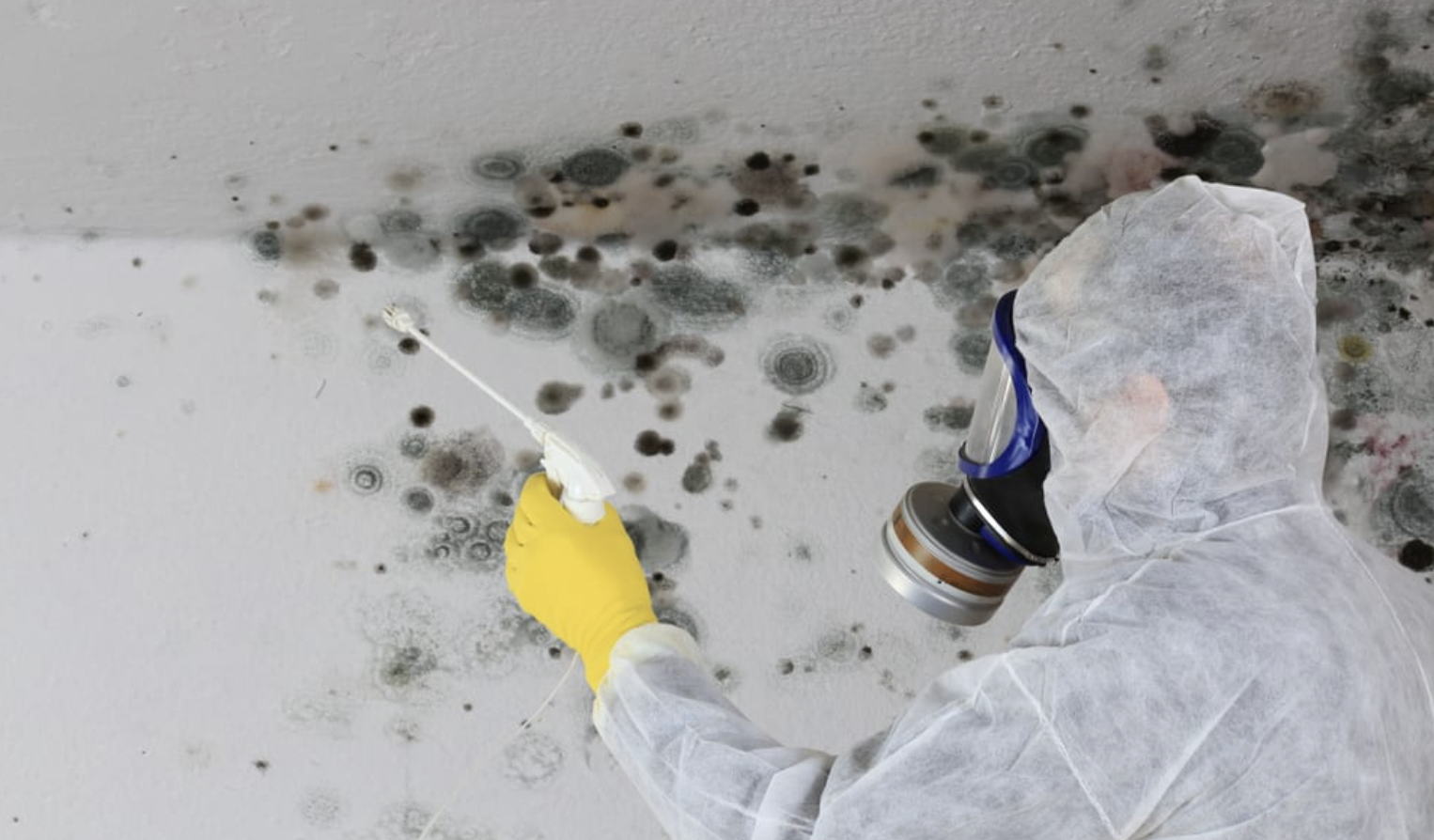
Mold is a fungus that loves moisture and warm temperatures. Mold spores are found everywhere and can be both beneficial and harmful to you.
If you observe mold in your immediate surroundings, remove it or call in professionals to do it for you.
Table of Contents
Know the Kind of Mold You Are Removing
Mold removal is tricky- you must remove both the mold and the moist conditions that result in decay. A musty odor in your immediate home environment may tell you that you have highly concentrated mold.
However, the mold can be simple mildew or toxic mold where you need professional intervention. Mildly occurring mold, called mildew, is easily treated using household chemicals like bleach, hydrogen peroxide, white vinegar, and baking soda.
However, suppose the mold spreads wider than ten square feet. In that case, you need the kind of attention that professionals offer- harsh chemicals and proper disposal.
Know-How to Treat the Surface on Which the Mold Grows
If found on fabric, your first step in treating mildew is to brush away the mold spores. You can also treat the fungus by washing your garments in warm water and using oxygen bleach where needed. Try soaking the fabric in water overnight with the oxygen bleach for better results.
White vinegar, soap, and warm water are heaven’s gifts for treating moldy shoes, accessories, coats, and furniture. With a mixture of all three items, gently wipe your surfaces, then air dry for a full recovery.
If you have books, magazines, and other papers that have developed mold, you can treat them using simple DIY techniques. Wet mold will smear, so do not try to clean the books while the mold is wet. Set your paper-based items to air dry.
Mold proliferates on tiles but removing them is as easy as how they multiply. Using bleach and water, apply to the moldy area and scrub away after fifteen minutes.
Know the Mold Prevention Options Available to You
Waterproofing your basement is an excellent step to take to help prevent mold. A waterproof basement makes your building structurally sound and reduces the risk of damages.
Remember, mold likes moisture for growth, so if that condition is absent, it means the less likely you are to experience mold.
Additionally, you can lower the moisture amount in your home by lining your floors and walls using polyethylene plastic. This process of lining the foundation is called crawl space encapsulation. By sealing the areas, no moisture can encourage mold growth.
One sure way to prevent mold is to ensure that your foundation is sturdy. The moisture content in the soil results in the soil swelling or compacting.
The more this happens, the more your foundation moves. This movement compromises the structure of your building and gives rise to cracks. Moldy conditions are prevalent in the close, damp spaces created by these cracks.
Mold exposure may put you at risk of severe health issues (especially if you have respiratory problems). The good news is that ’58 Foundations efficiently addresses any mold removal issues in your home.